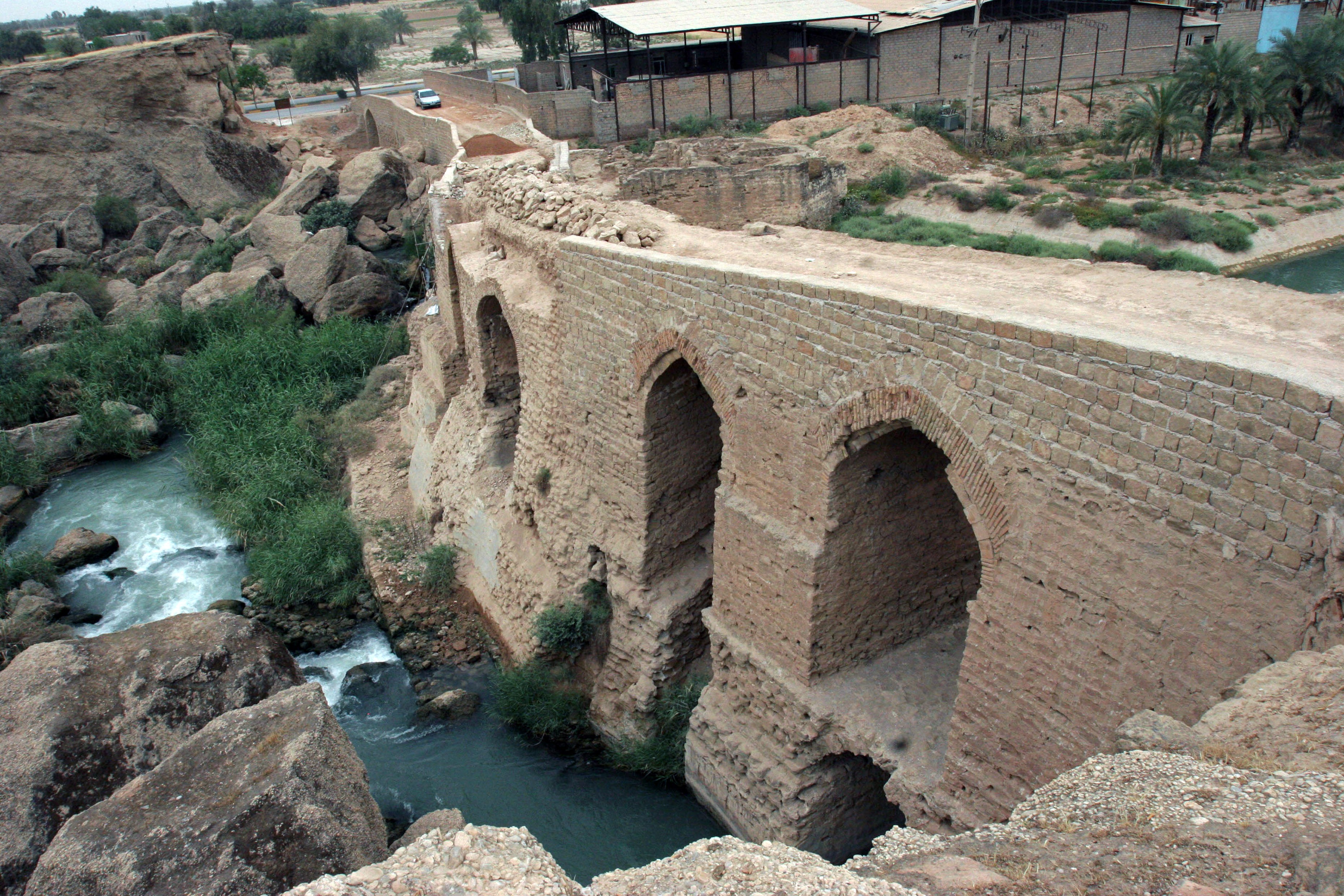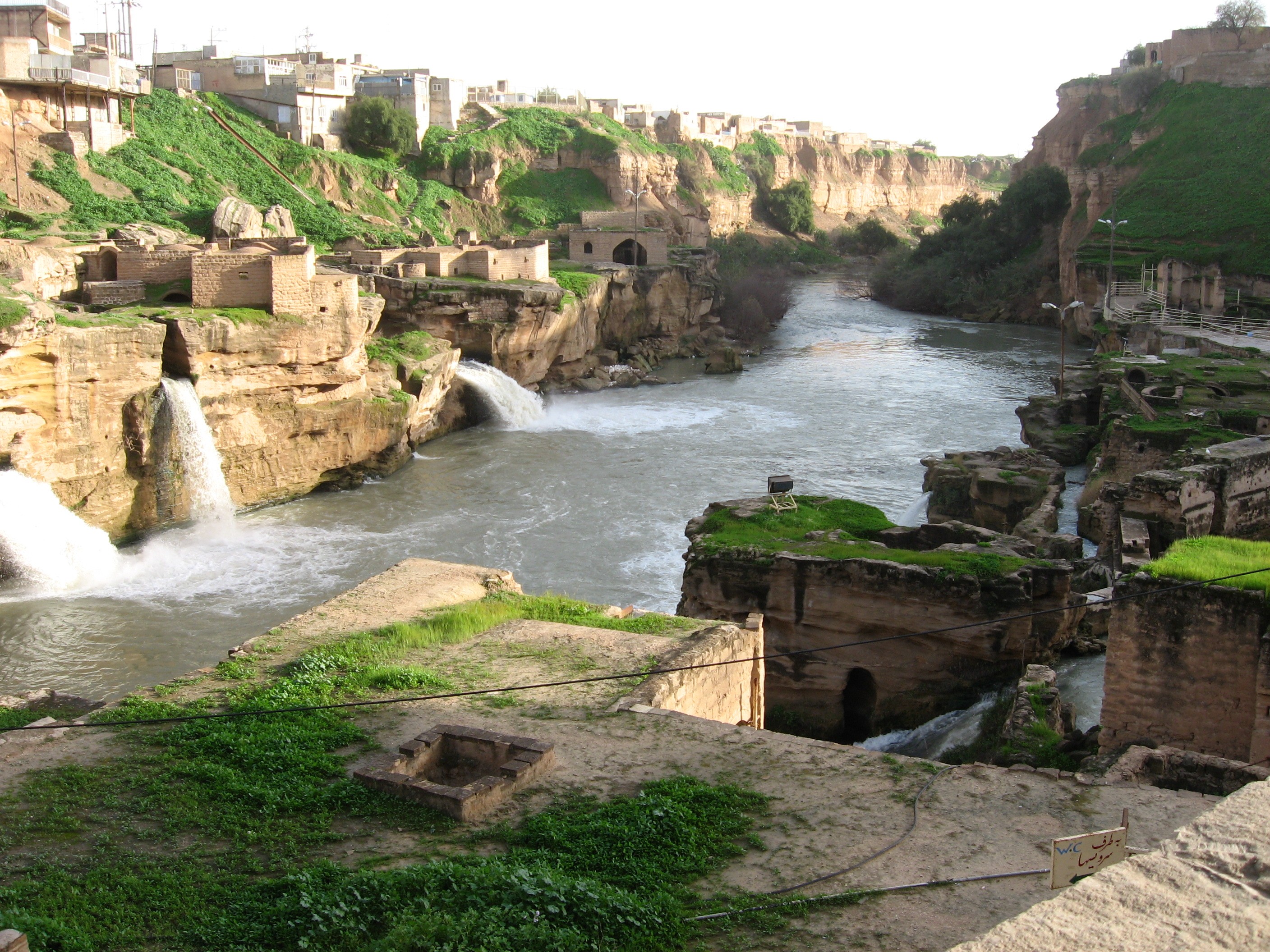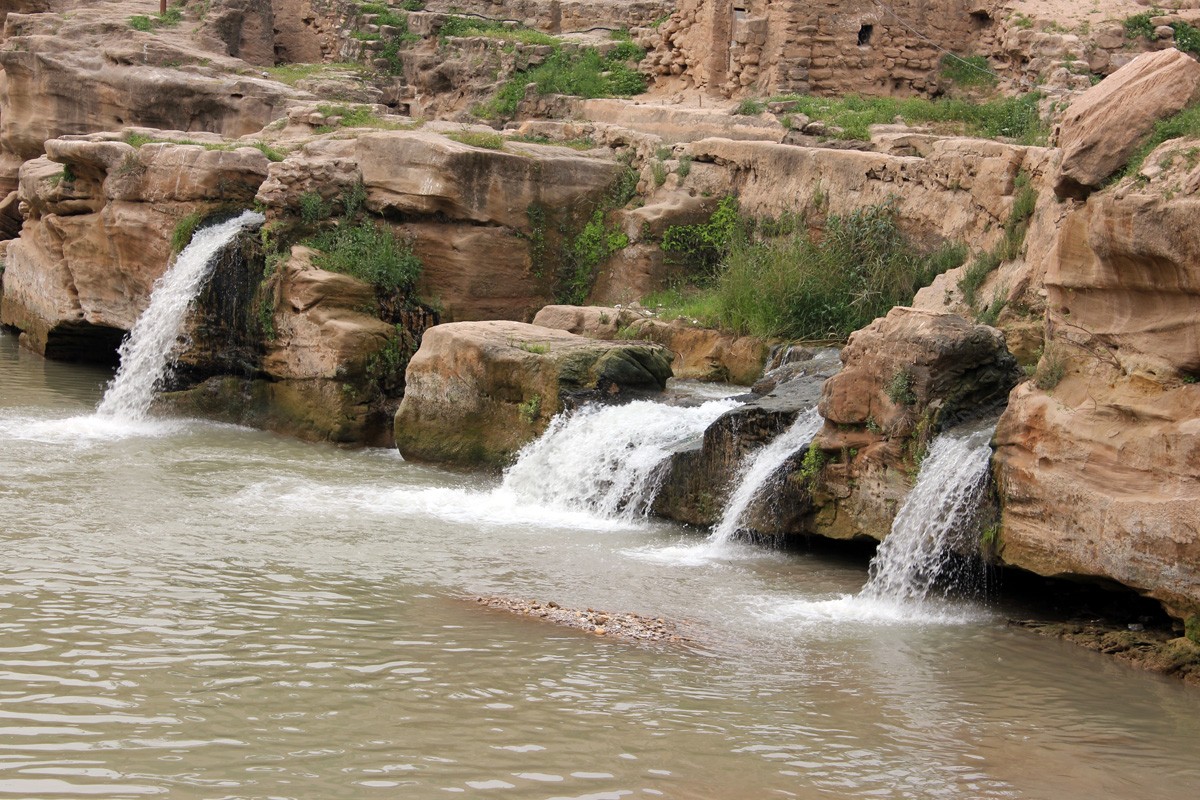Shustar & Susa
Shustar Population: 189,000
The deeply historic city of Shushtar lies strategically where the last contoured red ridges of the expiring Zagros Mountains fade into the endless flat watermelon fields of southern Khuzestan. Beneath the initially unexciting surface of today’s low-rise cityscape, there’s lots to discover including a complex of artificial ancient watermills and no less than 14 imamzadehs (offspring or descendents of an imam).
Shushtar’s raison d’etre for millennia was controlling the irrigation of the Khuzestan plains, and the town’s most famous attraction is a set of ancient watermills
Shush (Susa) Population: 194,000
Shush (Susa) was once among the greatest cities of ancient Persia. Now it’s a pleasantly small, relatively new town with a vast archaeological site, splendid castle, enigmatic Tomb of Daniel and bustling market.
An important Elamite city from about the middle of the 3rd millennium BC, Susa was burnt around 640 BC by the Assyrian king Ashurbanipal, but regained prominence in 521 BC when Darius I set it up as the Achaemenids’ fortified winter capital. At that time it was probably similar in grandeur to Persepolis. The palace survived the city’s fall to Alexander the Great in 331 BC, and indeed Alexander married one of Darius III’s daughters here.
Still prosperous in the Seleucid and Parthian eras, Susa re-emerged as a Sassanian capital. During Shapur II’s reign (AD310-379) it regained renown as a Jewish pilgrimage site and became a centre of Nestorian Christian study. Evacuated in the face of Mongol raids Shush disappeared into the sands of time, only re-emerging after 1852 when the British archaeologist WK Loftus became the first to survey the site. His work was continued by the French Archaeological Service from 1891 more or less continuously until the Islamic Revolution of 1979.




